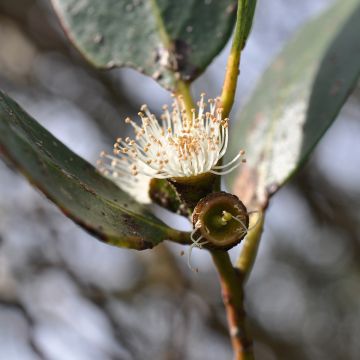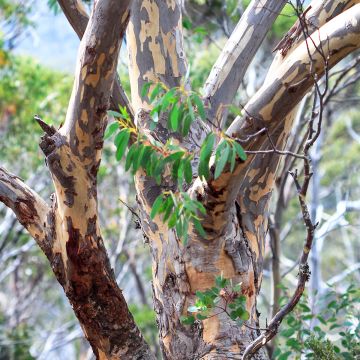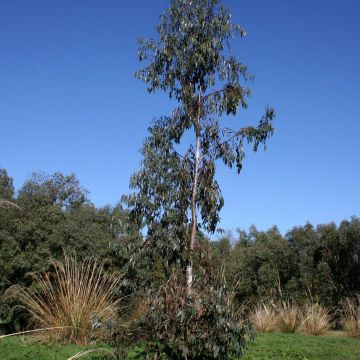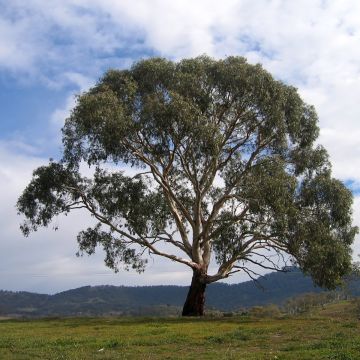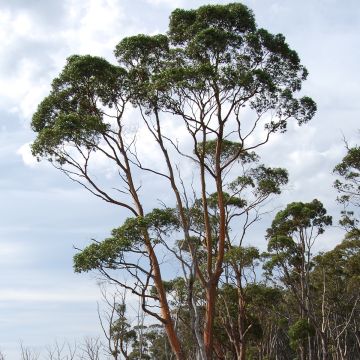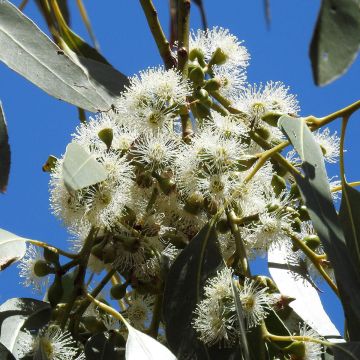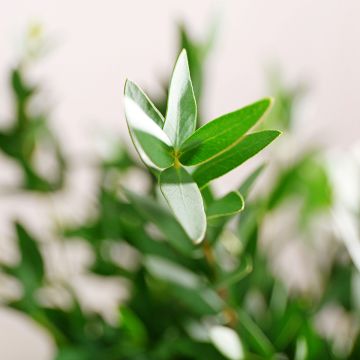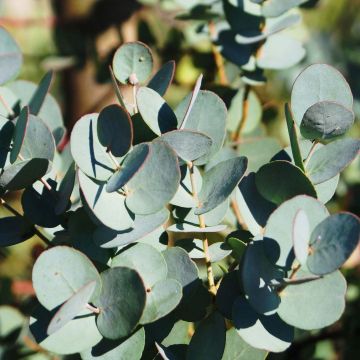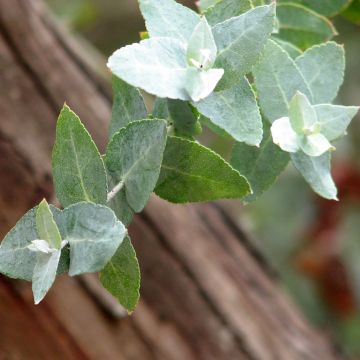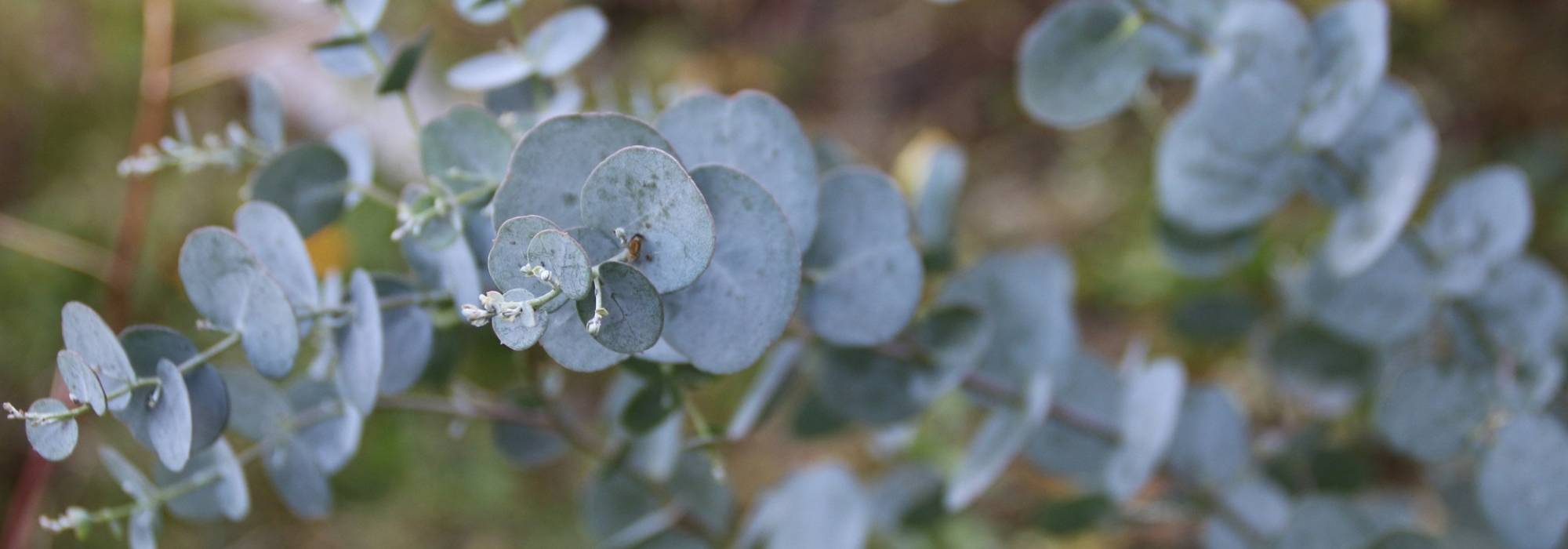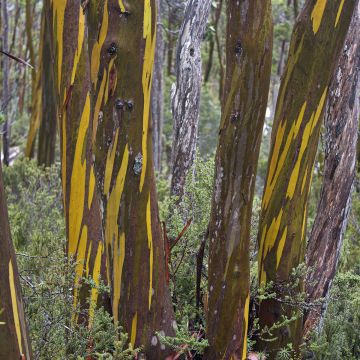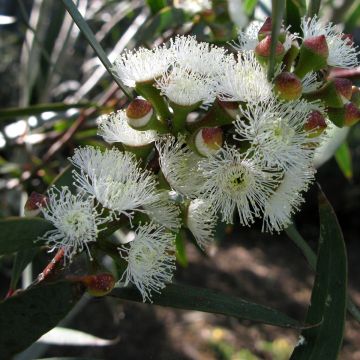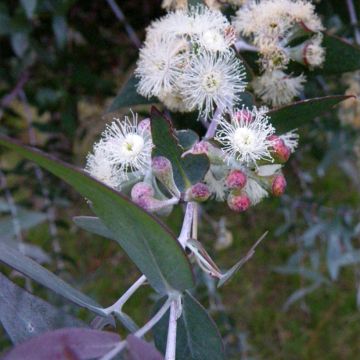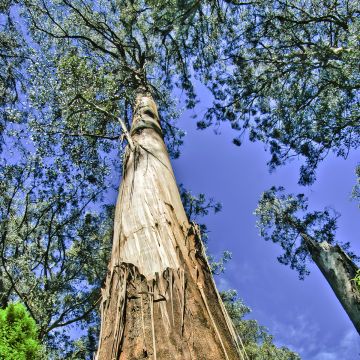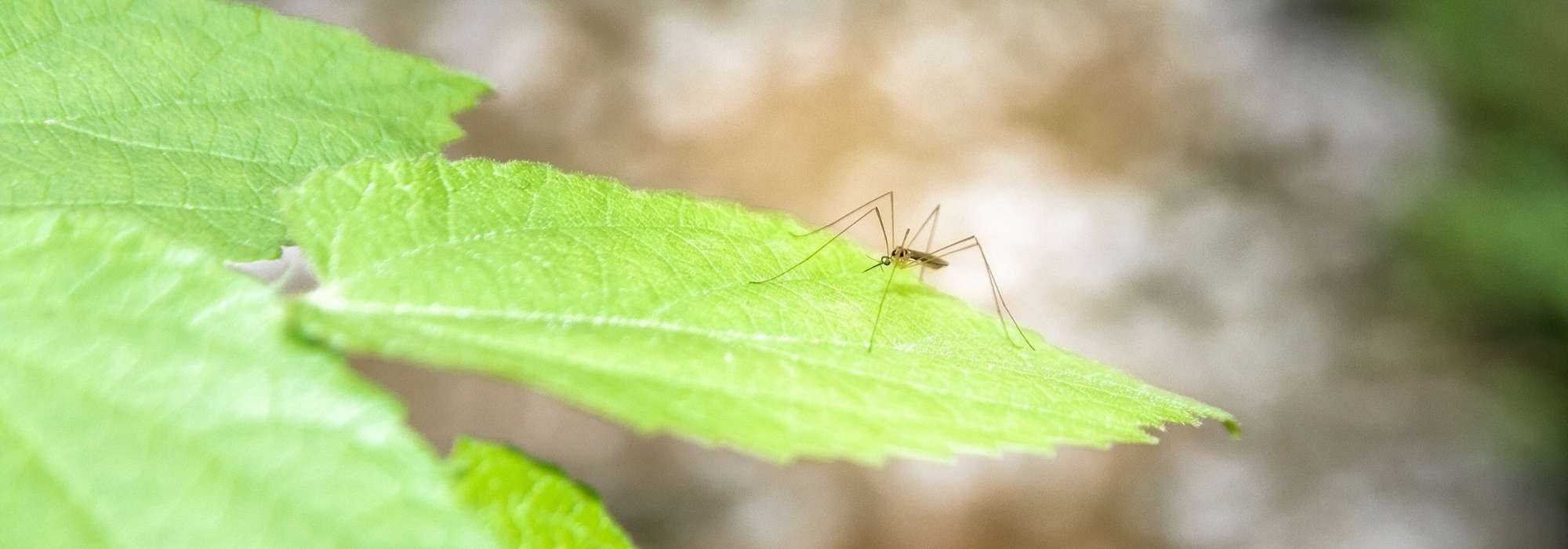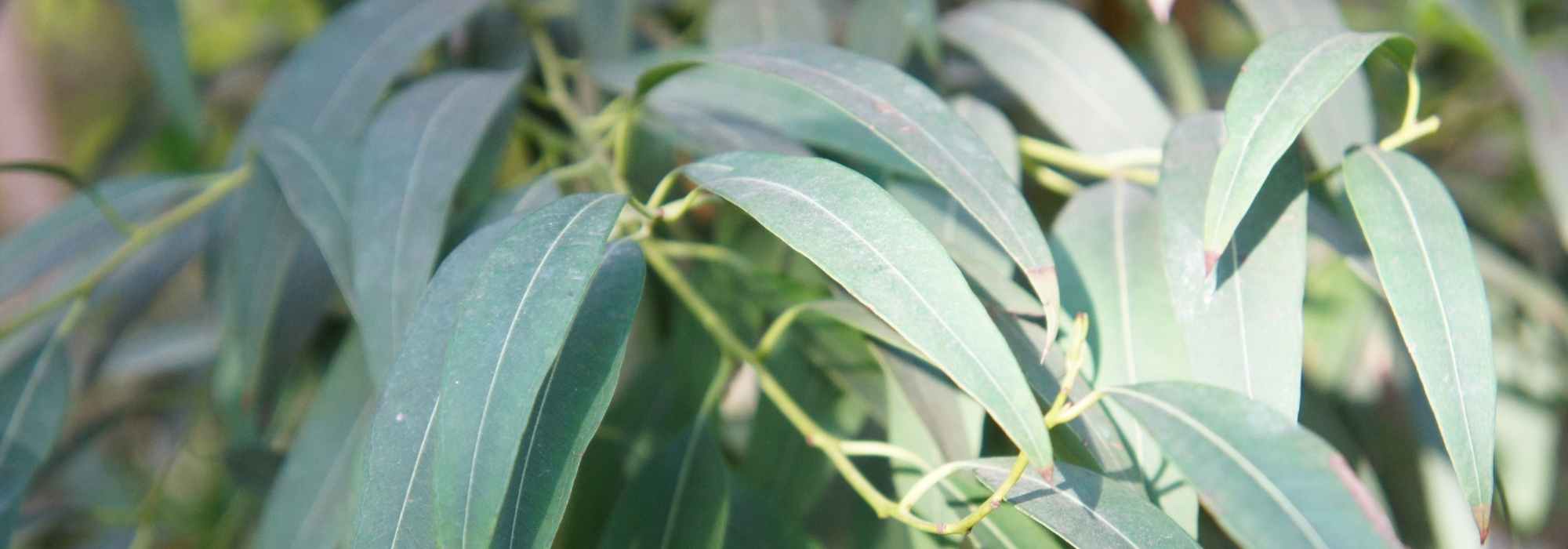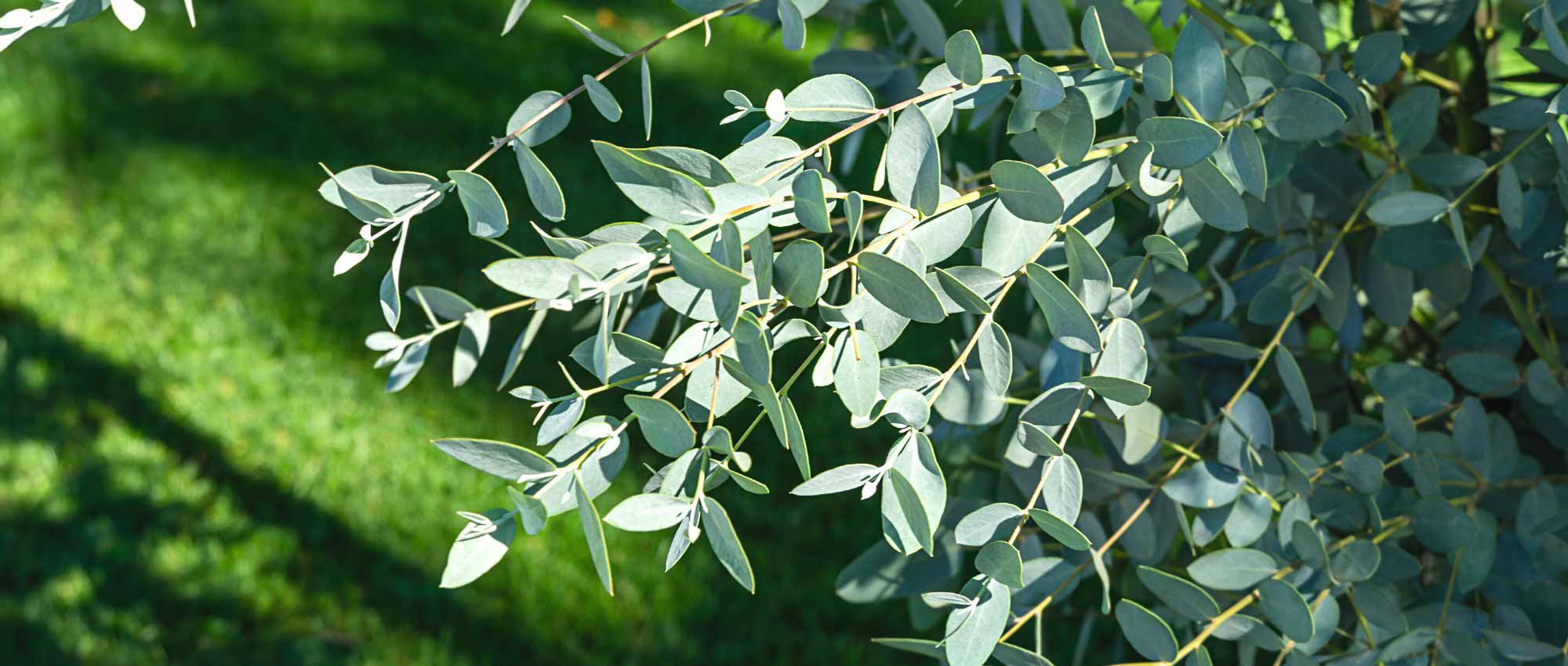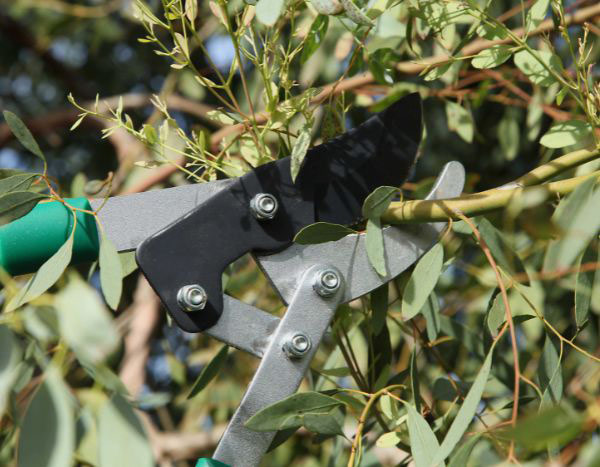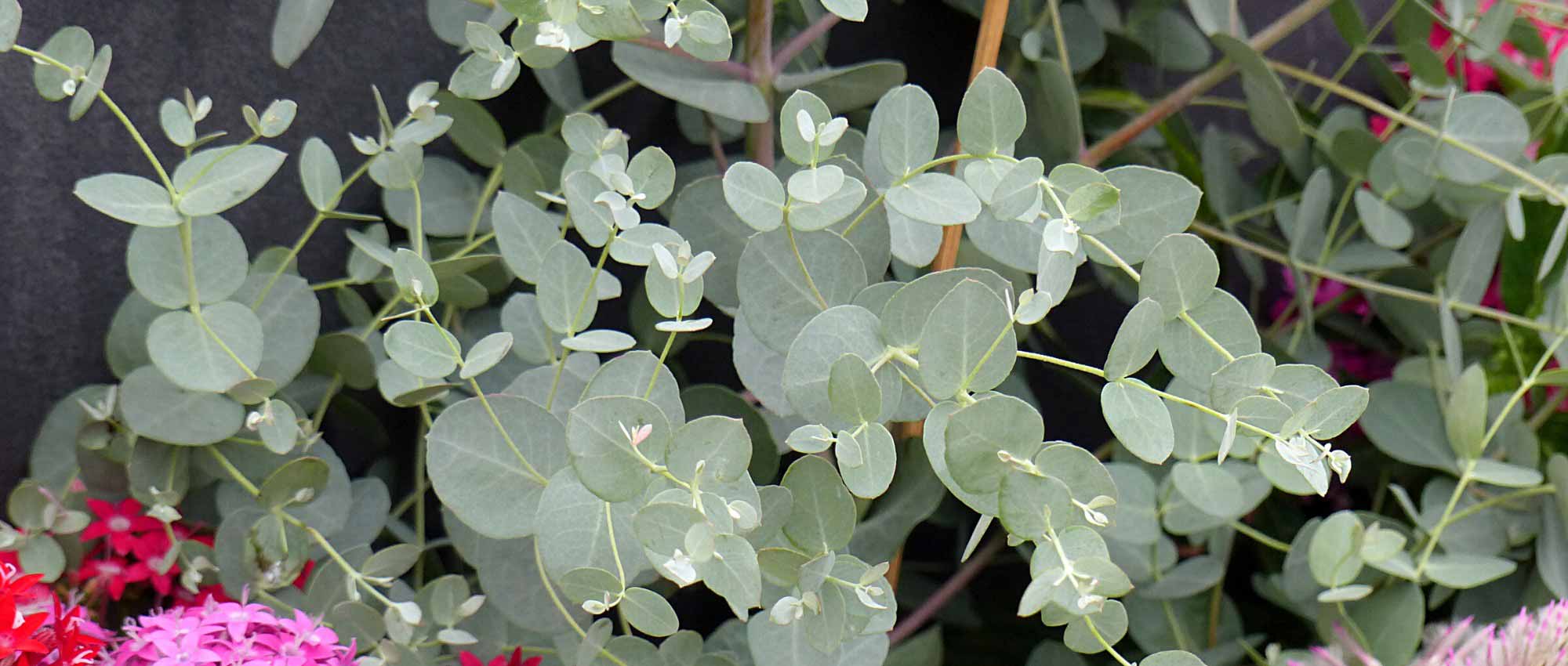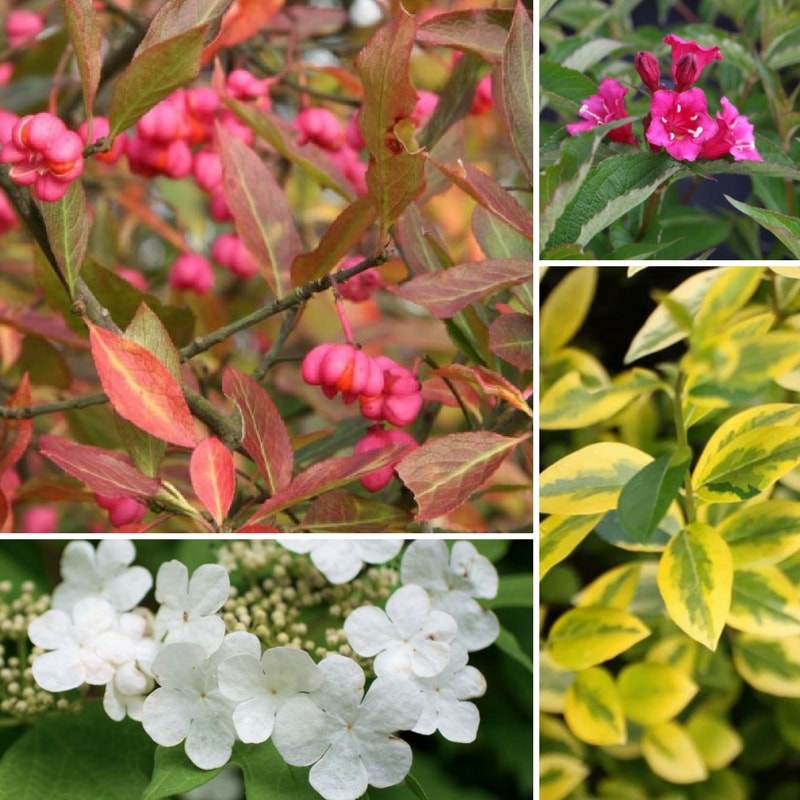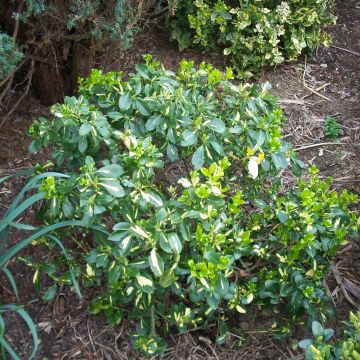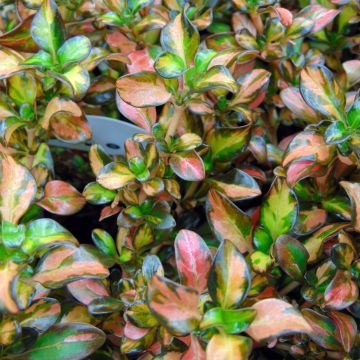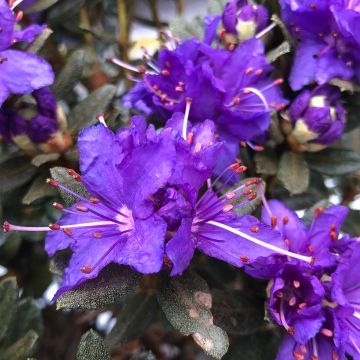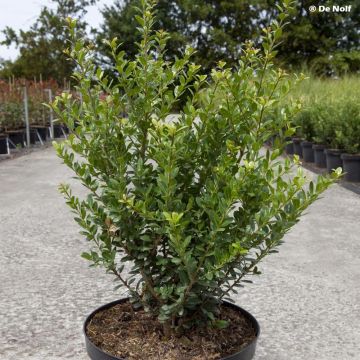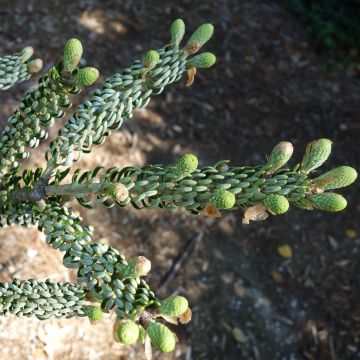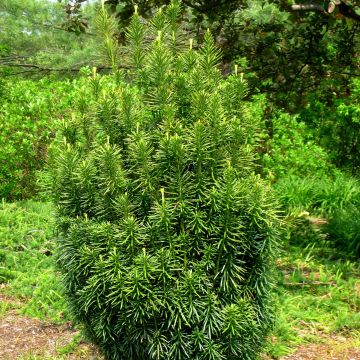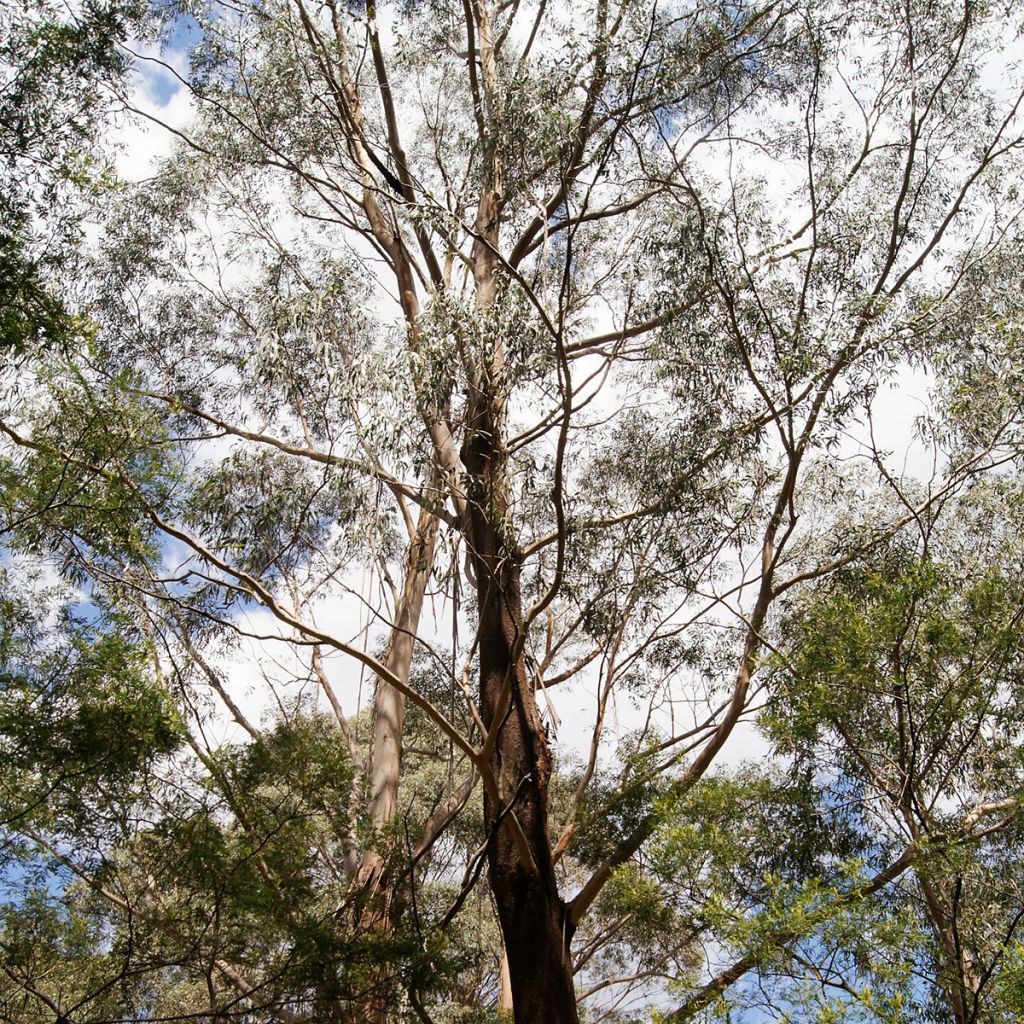

Eucalyptus smithii
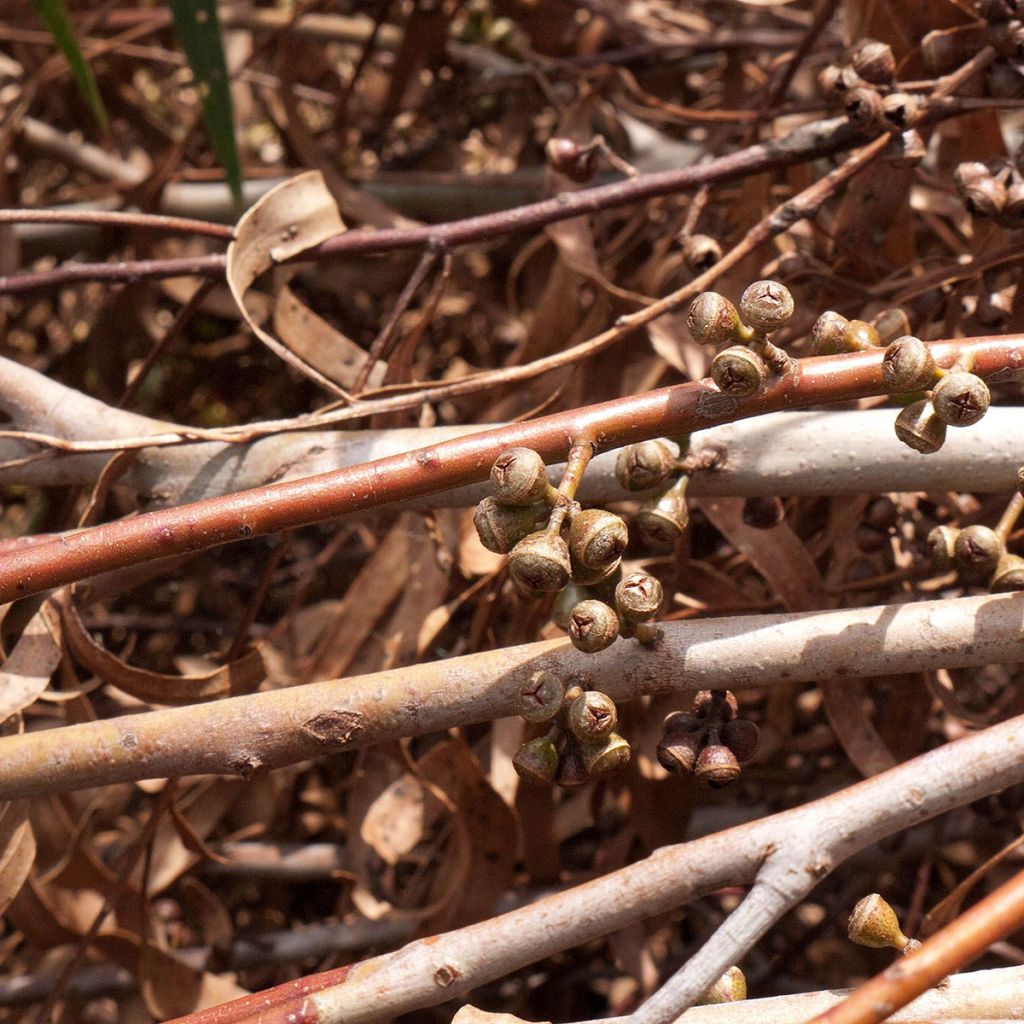

Eucalyptus smithii
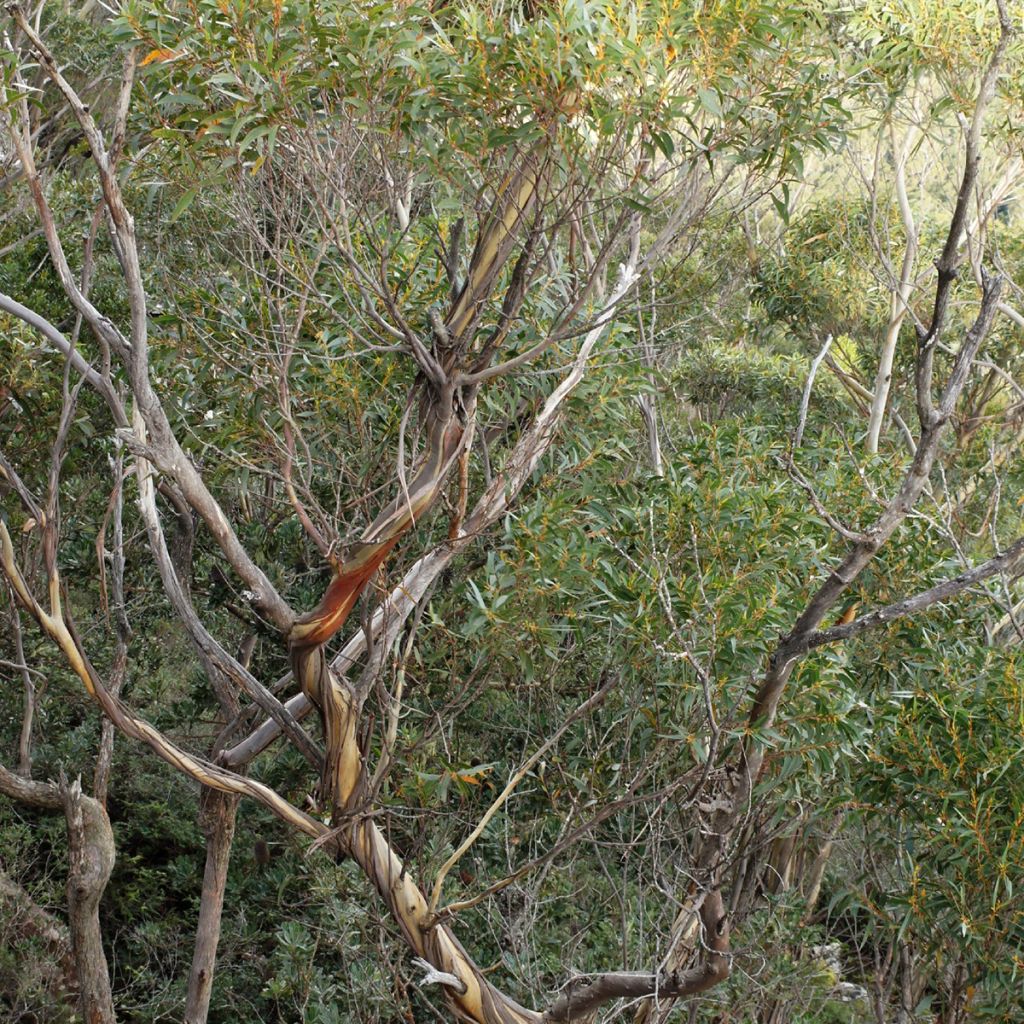

Eucalyptus smithii
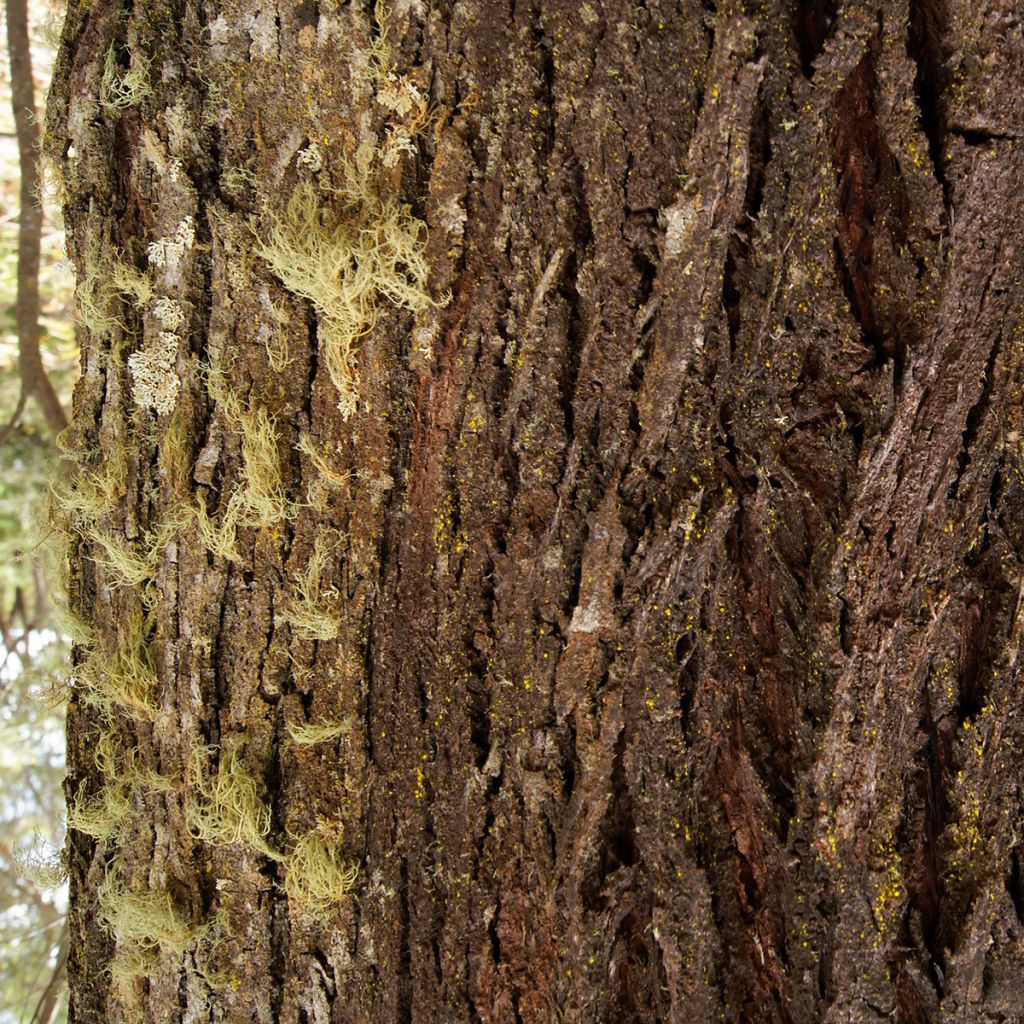

Eucalyptus smithii
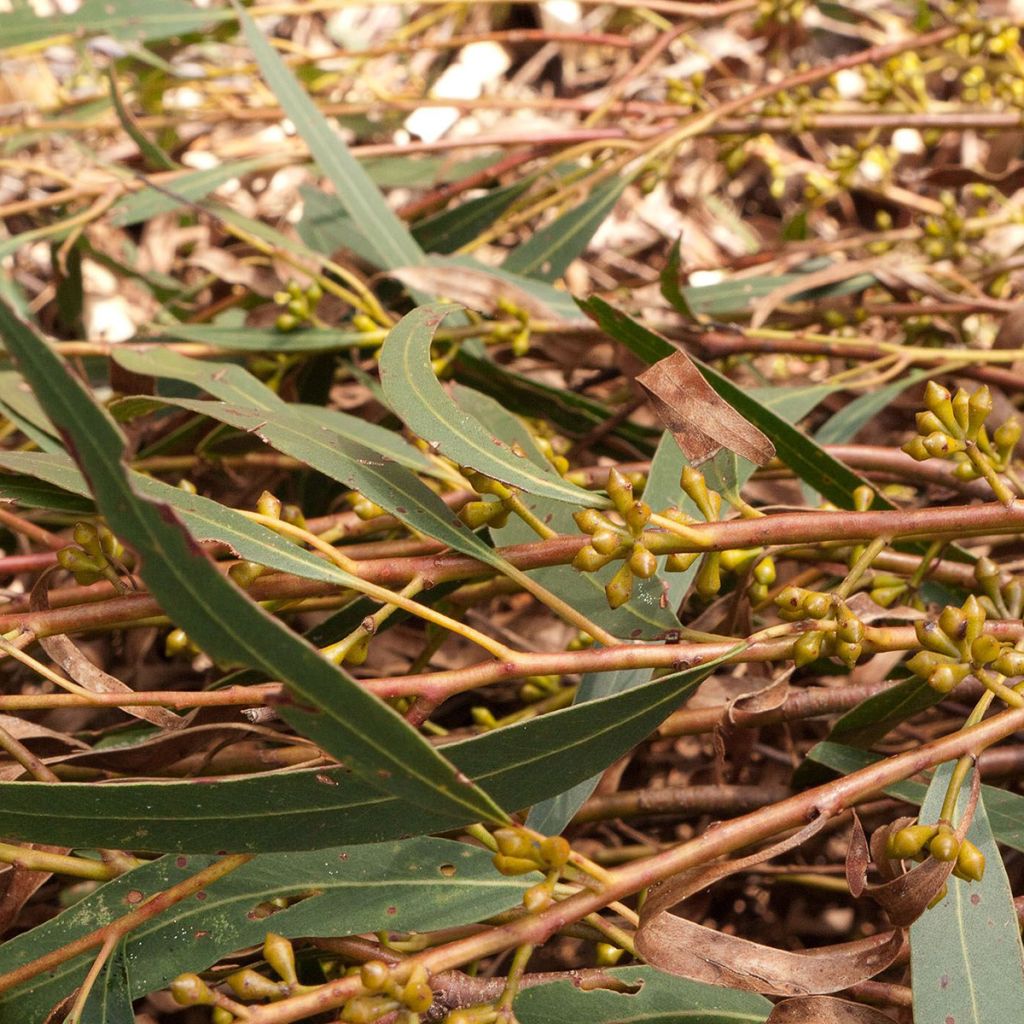

Eucalyptus smithii
Eucalyptus smithii
Eucalyptus smithii
Gully Gum, Smith's Gum
Special offer!
Receive a €20 voucher for any order over €90 (excluding delivery costs, credit notes, and plastic-free options)!
1- Add your favorite plants to your cart.
2- Once you have reached €90, confirm your order (you can even choose the delivery date!).
3- As soon as your order is shipped, you will receive an email containing your voucher code, valid for 3 months (90 days).
Your voucher is unique and can only be used once, for any order with a minimum value of €20, excluding delivery costs.
Can be combined with other current offers, non-divisible and non-refundable.
Why not try an alternative variety in stock?
View all →This plant carries a 24 months recovery warranty
More information
We guarantee the quality of our plants for a full growing cycle, and will replace at our expense any plant that fails to recover under normal climatic and planting conditions.
Does this plant fit my garden?
Set up your Plantfit profile →
Description
Eucalyptus smithii is part of the "peppermints" group, varieties with highly aromatic foliage, rich in essential oils. Native to south-east Australia, it demonstrates decent hardiness as well as good adaptability to various growing conditions. In its own country it can grow as a bush or form large trees, it reaches an average of about fifteen metres in our latitudes. Its juvenile grey-green foliage turns a slightly glossy green at the adult stage. Its white pom-pom-like flowering and brown to-beige bark are not without interest. Plant in the sun, in moist soil, occasionally humid or dry.
Eucalyptus is part of the vast Myrtaceae family, of which it is one of the most prolific genera with about 800 species recorded. This genus houses different groups with extremely diverse dimensions, ranging from mallees, bushes less than 10 m (32 ft 10 in) branching from the soil, to giants capable of rising to 90 m (295 ft 4 in) height and more, like E. regnans or E. nitens. The Eucalyptus smithii is native to a fairly wide area, which extends from the state of New South Wales to Victoria, in south-east Australia. These regions are characterised by an absence of dry season, mild to hot summers, and winters that can be cold. This forest species grows on plateaus up to 1000 m (3280 ft 10 in) altitude, and lower down towards the coasts. Its natural habitat consists of shallow, neutral to acidic soils, on mountainous slopes.
Eucalyptus smithii is found either as a mallee, mainly in mountainous areas, forming a low bush about 5 m (16 ft 5 in) high, with smooth bark, or as a large forest tree, reaching up to 45 m (147 ft 7 in) in height. This surprising range illustrates the richness of this plant genus. This species also has the peculiarity, quite common among Eucalyptus, of developing a lignotuber, an underground formation rich in starch intended to rebuild the aerial part in case of destruction (especially by fire). It thus has the ability to be able to shoot numerous axillary buds from the stump which then develop in all directions.
When it develops into a tree, it forms a tapered trunk, the upper half of which flares out to form a rather loose and open branching. The very rough grey-brown bark becomes smooth in the upper half. Peeling off in long ribbons, it then has a fairly attractive and decorative light beige surface. The juvenile foliage is formed of rather narrow lanceolate leaves, grey-green in colour. Measuring from 5 to 11 cm (2 to 4.3 in) in length and 0.6 to 2.5 cm (0.2 to 1 in) in width, they are opposite and sessile and the leaf is smooth-edged or slightly dentate. The adult foliage presents alternate and petiolate leaves, much longer and narrower (up to 21 cm (8.3 in) and 1.6 cm (0.6 in) wide). Green, with a slightly shiny surface, they are extremely aromatic. Very rich in eucalyptol, these leaves are used on a large scale in plantations in South Africa for the extraction of essential oils.
Flowering appears in December and January in Australia in the form of small flowers gathered by 7 in axillary umbels. As with other species, it is the white stamens that form small pom-poms, the flowers being petal-less. They then evolve into small brown fruit in the form of capsules, without ornamental interest.
This tree is adaptable and grows in moist soils, occasionally waterlogged, and also resists dryness relatively well once rooted. It is content with shallow, well-drained, neutral to acidic soils and requires a sunny exposure. Its growth is rapid and it resists cold down to about -10°C (14 °F).
Eucalyptus smithii is certainly not the most ornamental species, but it will interest lovers of aromatic foliage, and is quite easy to grow. It will bring a scent of exoticism to the garden. In a coastal climate, plant Gardenia Pinwheel under its shade, very hardy despite its tropical look. Its large star-shaped flowers give off an enchanting fragrance from June to September. Azara microphylla or Chilean Mimosa will also develop well in these conditions, forming a large bush with superb small glossy dark green foliage, and yellow flowering with a vanilla scent in March-April. In slightly drier conditions, try Xanthoceras sorbifolium, an unknown splendour, which takes on the traits of a large bush with spring white flowering with an orange heart, it too has an exotic aspect with its cut-out foliage, which takes on beautiful autumn colours.
Plant habit
Flowering
Foliage
Botanical data
Eucalyptus
smithii
Myrtaceae
Gully Gum, Smith's Gum
Australia
Other Eucalyptus
View all →Planting and care
Eucalyptus smithii is beat planted at the beginning of autumn in a mild climate, or at the start of spring in cooler regions, in well-prepared soil, not too dry to moist, in a sunny location. It grows in neutral to acidic soils, preferably well-drained, even if it occasionally tolerates having its feet in water. Ensure good drainage by adding non-limestone gravels mixed with the soil if it is insufficiently filtering. Water well at planting, then regularly for the first two years, especially in dry weather during the summer. Afterwards, it will prove to be relatively resistant to dryness, though a few waterings are always welcome in summer. Pruning is not really necessary unless you want to limit its development or adjust its shape, but the plant tolerates pruning very well after 3 or 4 years of cultivation.
Planting period
Intended location
Care
Planting & care advice
This item has not been reviewed yet - be the first to leave a review about it.
Similar products
Haven't found what you were looking for?
Hardiness is the lowest winter temperature a plant can endure without suffering serious damage or even dying. However, hardiness is affected by location (a sheltered area, such as a patio), protection (winter cover) and soil type (hardiness is improved by well-drained soil).

Photo Sharing Terms & Conditions
In order to encourage gardeners to interact and share their experiences, Promesse de fleurs offers various media enabling content to be uploaded onto its Site - in particular via the ‘Photo sharing’ module.
The User agrees to refrain from:
- Posting any content that is illegal, prejudicial, insulting, racist, inciteful to hatred, revisionist, contrary to public decency, that infringes on privacy or on the privacy rights of third parties, in particular the publicity rights of persons and goods, intellectual property rights, or the right to privacy.
- Submitting content on behalf of a third party;
- Impersonate the identity of a third party and/or publish any personal information about a third party;
In general, the User undertakes to refrain from any unethical behaviour.
All Content (in particular text, comments, files, images, photos, videos, creative works, etc.), which may be subject to property or intellectual property rights, image or other private rights, shall remain the property of the User, subject to the limited rights granted by the terms of the licence granted by Promesse de fleurs as stated below. Users are at liberty to publish or not to publish such Content on the Site, notably via the ‘Photo Sharing’ facility, and accept that this Content shall be made public and freely accessible, notably on the Internet.
Users further acknowledge, undertake to have ,and guarantee that they hold all necessary rights and permissions to publish such material on the Site, in particular with regard to the legislation in force pertaining to any privacy, property, intellectual property, image, or contractual rights, or rights of any other nature. By publishing such Content on the Site, Users acknowledge accepting full liability as publishers of the Content within the meaning of the law, and grant Promesse de fleurs, free of charge, an inclusive, worldwide licence for the said Content for the entire duration of its publication, including all reproduction, representation, up/downloading, displaying, performing, transmission, and storage rights.
Users also grant permission for their name to be linked to the Content and accept that this link may not always be made available.
By engaging in posting material, Users consent to their Content becoming automatically accessible on the Internet, in particular on other sites and/or blogs and/or web pages of the Promesse de fleurs site, including in particular social pages and the Promesse de fleurs catalogue.
Users may secure the removal of entrusted content free of charge by issuing a simple request via our contact form.
The flowering period indicated on our website applies to countries and regions located in USDA zone 8 (France, the United Kingdom, Ireland, the Netherlands, etc.)
It will vary according to where you live:
- In zones 9 to 10 (Italy, Spain, Greece, etc.), flowering will occur about 2 to 4 weeks earlier.
- In zones 6 to 7 (Germany, Poland, Slovenia, and lower mountainous regions), flowering will be delayed by 2 to 3 weeks.
- In zone 5 (Central Europe, Scandinavia), blooming will be delayed by 3 to 5 weeks.
In temperate climates, pruning of spring-flowering shrubs (forsythia, spireas, etc.) should be done just after flowering.
Pruning of summer-flowering shrubs (Indian Lilac, Perovskia, etc.) can be done in winter or spring.
In cold regions as well as with frost-sensitive plants, avoid pruning too early when severe frosts may still occur.
The planting period indicated on our website applies to countries and regions located in USDA zone 8 (France, United Kingdom, Ireland, Netherlands).
It will vary according to where you live:
- In Mediterranean zones (Marseille, Madrid, Milan, etc.), autumn and winter are the best planting periods.
- In continental zones (Strasbourg, Munich, Vienna, etc.), delay planting by 2 to 3 weeks in spring and bring it forward by 2 to 4 weeks in autumn.
- In mountainous regions (the Alps, Pyrenees, Carpathians, etc.), it is best to plant in late spring (May-June) or late summer (August-September).
The harvesting period indicated on our website applies to countries and regions in USDA zone 8 (France, England, Ireland, the Netherlands).
In colder areas (Scandinavia, Poland, Austria...) fruit and vegetable harvests are likely to be delayed by 3-4 weeks.
In warmer areas (Italy, Spain, Greece, etc.), harvesting will probably take place earlier, depending on weather conditions.
The sowing periods indicated on our website apply to countries and regions within USDA Zone 8 (France, UK, Ireland, Netherlands).
In colder areas (Scandinavia, Poland, Austria...), delay any outdoor sowing by 3-4 weeks, or sow under glass.
In warmer climes (Italy, Spain, Greece, etc.), bring outdoor sowing forward by a few weeks.






























